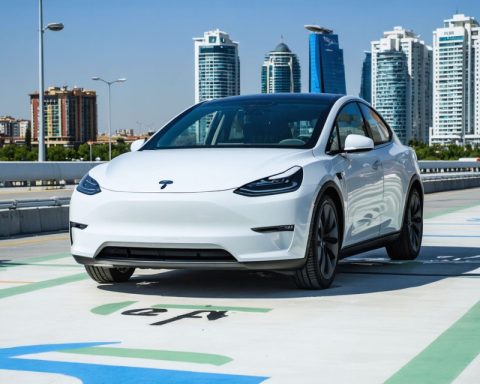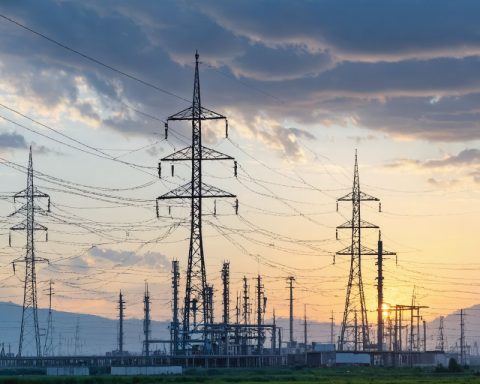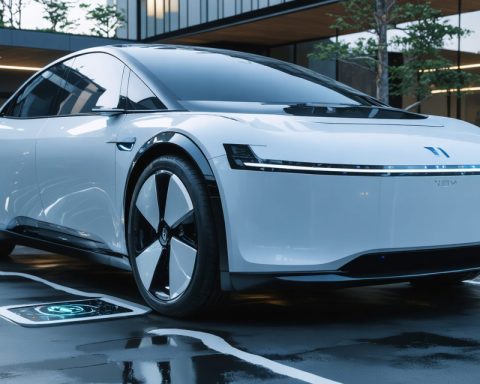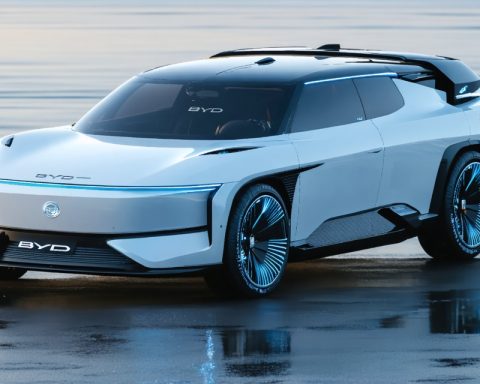- The EV Battery Recycling Market is projected to grow from USD 1.8 billion in 2024 to USD 31.42 billion by 2034, marking a significant transformation in clean energy solutions.
- Innovative recycling processes like pyrometallurgical and hydrometallurgical techniques are essential for reclaiming valuable materials and minimizing environmental impact.
- Key players such as Umicore N.V. and Li-Cycle Corp. are leading efforts to extend the lifecycle of battery materials and reduce mining needs.
- North America and Europe are at the forefront of this movement, propelled by strict environmental regulations, while Asia-Pacific is rapidly expanding its capabilities.
- Challenges include scalable technologies and high initial investments, but these present opportunities for innovation and strategic partnerships.
- The sustainability imperative underscores that recycling is central to the future of electric vehicles, influencing both economic and ecological outcomes.
A silent revolution is coursing through the veins of the global market landscape, fueled by the burgeoning demand for Electric Vehicles (EVs) and their powerful, yet environmentally challenging batteries. With the EV Battery Recycling Market poised to surge from a modest USD 1.8 billion in 2024 to a staggering USD 31.42 billion by 2034, this isn’t just a story of growth—it’s one of transformation.
Picture a sprawling industrial zone where streams of used lithium-ion batteries, gleaming under fluorescent lights, are processed with an almost surgical precision. These aren’t just discarded remnants; they are valuable reservoirs of materials that, if left unchecked, could spell ecological disaster. Yet, through cutting-edge pyrometallurgical and hydrometallurgical processes, they are given new life, ready to power the world’s transition to clean energy.
Much of this momentum stems from the increasing clamor for sustainability, with companies like Umicore N.V. and Li-Cycle Corp. standing as stalwarts in this nascent industry. Their innovations are not merely about recycling but about altering the lifecycle of battery materials, thereby reducing the need for mining and decreasing environmental pollution.
Dominating the geographical arena, North America and Europe are trailblazing this movement, driven by stringent environmental regulations and an urgent call to curtail carbon footprints. Meanwhile, Asia-Pacific, with powerhouses such as China and Japan, is aggressively stepping up its game, buoyed by not just domestic needs but a global demand for eco-conscious mobility solutions.
The transformation isn’t devoid of challenges, however. From ensuring scalable technologies to managing the immense initial investments, companies in this arena are navigating a labyrinth of operational hurdles. Yet, in these challenges lie opportunities—for companies ready to innovate, the potential rewards are vast. Market entrants are being urged to focus on strong R&D strategies and strategic partnerships, elements crucial to gaining traction in this evolving field.
Ultimately, the message here is resoundingly clear: the future of EV battery recycling is not just an economic imperative but a moral one. As consumers and companies alike move towards a greener future, the race to dominate this market will define not just corporate success but global sustainability itself. By leveraging the right strategies today, stakeholders have the power to shape a cleaner, greener market for tomorrow. The lesson is simple and profound: sustainability is not a choice but a path of necessity, and in the world of EVs, recycling is at its very heart.
The Hidden Power Surge: EV Battery Recycling Revolutionizing Sustainability
Overview
The electric vehicle (EV) battery recycling market is undergoing explosive growth, predicted to skyrocket from USD 1.8 billion in 2024 to USD 31.42 billion by 2034. This unprecedented growth is not just about economic expansion; it’s a pivotal transformation towards sustainability. The recycling process of electric vehicle batteries is essential to ensure a circular economy, where valuable materials are continually utilized, diminishing reliance on raw mining and minimizing environmental hazards.
Key Developments in EV Battery Recycling
1. Advanced Recycling Processes:
– Pyrometallurgy and Hydrometallurgy: These state-of-the-art processes are at the forefront, efficiently extracting precious elements like lithium, cobalt, and nickel from spent batteries, readying them for reuse. The significance of these methods lies in their ability to minimize waste and mitigate pollution.
2. Industry Pioneers:
– Leaders such as Umicore N.V. and Li-Cycle Corp. have been instrumental in setting new industry standards through technological innovation and strategic collaborations aimed at enhancing recycling efficacy and sustainability.
3. Geographical Trends:
– North America and Europe lead in implementing robust regulatory frameworks, encouraging the adoption of recycling technologies. Conversely, in the Asia-Pacific region, countries like China and Japan are scaling-up recycling efforts not just for internal demand but also addressing global eco-mobility needs.
Pressing Questions and Answers
– Why is EV battery recycling crucial?
Recycling minimizes environmental impact by reducing the need for raw material extraction and helps in cutting down carbon emissions while promoting a sustainable lifecycle of battery materials.
– What technological advancements support the market?
Innovations in battery chemistry and recycling technologies, including sensor-based sorting and AI-driven process optimization, are propelling market growth.
– What are the current challenges?
Companies face difficulties in scaling up these technologies, maintaining economic viability, and managing the high capital investments required.
Market Forecasts & Industry Trends
– Sustainable Growth: The push for EV adoption due to regulatory measures and consumer preference is fueling the growth of the battery recycling segment, making it an ever-critical component of the EV supply chain.
– Increasing Investments: Funding in research and development is expected to rise, focusing on enhancing recovery rates and efficiency in recycling processes.
– Collaborative Ventures: More companies are forming partnerships across sectors to pool resources and expertise, aiming for technological breakthroughs.
Real-World Use Cases
1. Automaker Collaboration: Automakers are increasingly investing in recycling facilities and forming partnerships with recycling firms to secure a sustainable supply of battery materials.
2. Renewed Energy Storage: Recycled materials from EV batteries are repurposed to produce new batteries or other energy storage solutions, helping stabilize renewable energy grids.
Actionable Recommendations
– For Investors: Identify key players with strong research capabilities and collaborative strategies as potential investment opportunities.
– For Companies: Enhance focus on R&D and form strategic alliances to overcome scaling challenges and tap into the growing market demand.
– For Consumers: Opt for brands that endorse and act on sustainable recycling practices for their vehicles, contributing to a broader ecological impact.
For further details about the advancements and strategies in the EV battery recycling market, visit EV Insider.
In conclusion, as the world tunes into green energy, the battery recycling industry stands as a cornerstone of sustainability. Adopting effective recycling strategies is no longer optional; it’s essential for a greener future.













